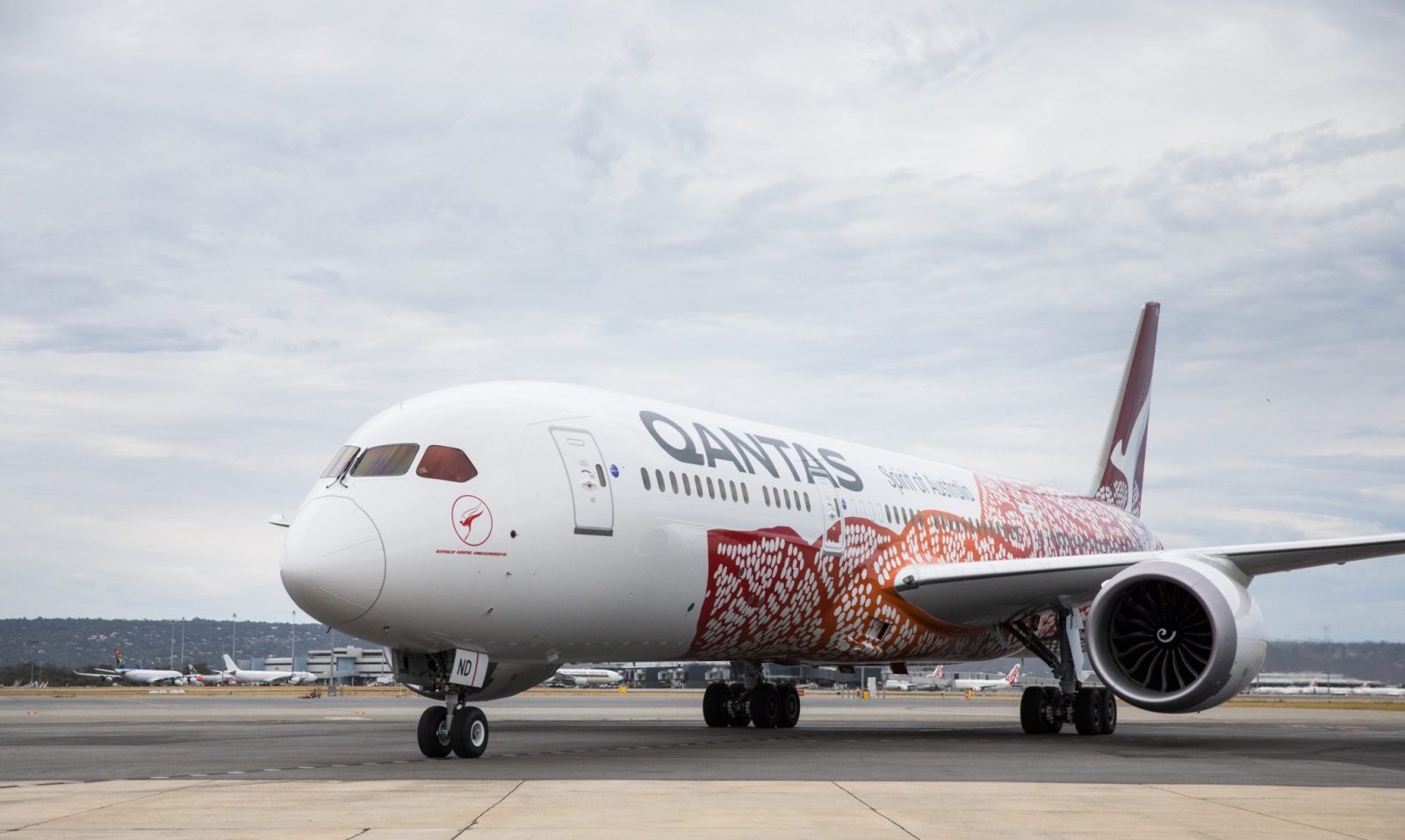
Of course, asking what all the fuss about Qantas’ new epic 17-hour, 20-minute marathon flight from Perth in Western Australia to London isn’t meant to downplay it’s very real achievement. But the point still stands – this new direct flight from Australia to Europe isn’t even the longest flight in the world.
That honour, instead, goes to Qatar Airways and its over 18-hour service from Doha to Auckland, New Zealand. At 9,032 miles the Qatar operated Boeing 777-200LR has to fly just over 20 miles more than that of Qantas’ Boeing 787-9 Dreamliner and takes 18-hours and 5 minutes.
And while we’re talking about flight time, there are plenty other existing services that are sure to have passengers shuddering with anxiety. Take, for example, the new United Airlines service from Los Angeles to Singapore which comes in at 17 hours and 50 minutes. Or how about another United service – Houston to Syndey at 17-hours, 30 minutes.
Even Qantas is already operating a flight that almost beats the Perth to London flight in terms of length of bum-numbing time passengers are expected to stay seated. It’s Sydney to Dallas flight takes roughly 17-hours and 15-minutes, covering 8,578 miles.
While the new service might hold the accolade as the longest 787 Dreamliner flight in the world, it’s still trounced for the overall title no matter how you measure it. So again, what is all the fuss about?
We’ve heard the term ‘gamechanger’ used quite a bit in the aviation industry of late. But for once, this might actually be an appropriate use of this hyperbole. For the first time, ever, passengers will be able to fly direct from Europe to Australia – or as the service is affectionately known, the Kangaroo Route.
Back in 1947, the Kangaroo Route involved seven stops on a voyage that would take several days. And with the capability to transport just 29 people at a time, the trip cost a whopping $35,000 AUD in today’s prices.
We’ve gone from seven stopovers to one stopover in somewhere like Dubai, Singapore or Hong Kong, to zero stopovers. According to Qantas, that should mean being able to shave around 3-hours off the journey time on average.
Symbolically, it’s important – directly connecting continents of Europe and Australia for the very first time in history is a big thing. But’s its way more than that. Qantas is experimenting with an overall trend in air travel that could change the way we fly forever.
You see, for years, we’ve been told that connecting in megahub’s like London’s Heathrow Airport, or Dubai, Hong Kong and more recently Beijing was the most efficient way to fly.
That’s why airframers developed plane’s like the Airbus A380 superjumbo – it’s capacity allowed airlines to feed passengers to a central hub and then fly them onwards in large numbers. The ‘hub and spoke’ model as it’s known.
But the A380 hasn’t been getting much love from airlines of late. In fact, if it wasn’t for Emirates providing a lifeline for the A380 – by far the world’s largest operator of the aircraft – then the project was likely to have shut down.
Instead, passengers have grown to demand point-to-point travel and aircraft like the state of the art Boeing 787 Dreamliner and even Airbus’ own superjumbo killer, the A350, make the model not only affordable but profitable.
Qantas is taking the idea to the extreme – can they make the figures for their new ultra-long-range point to point service work? If London proves popular, the Australian carrier already plans more direct flights to Europe, including Paris.
It’s a big gamble. Yet that hasn’t stopped Qantas asking Boeing and Airbus to develop aircraft that can fly direct from Sydney and Melbourne to Europe and even east coast U.S. cities like New York and Boston.
For Qantas, these new point-to-point services could become the bedrock of its business plan – not a trophy flight which haemorrhages money. No surprise then that Qantas has distanced itself from partner, Emirates by abandoning Dubai as a stopover city for other services in favour of Singapore.
What’s more, Qantas is doing more than any other airline to turn ultra-long range air travel into an experience that you not only survive but actually finish feeling just a little bit human. From specially developed menus, a redeveloped ground experience and aircraft cabin’s developed to combat jetlag, Qantas’ new flight really does deserve the hype it’s getting.
Related
Mateusz Maszczynski honed his skills as an international flight attendant at the most prominent airline in the Middle East and has been flying ever since... most recently for a well known European airline. Matt is passionate about the aviation industry and has become an expert in passenger experience and human-centric stories. Always keeping an ear close to the ground, Matt's industry insights, analysis and news coverage is frequently relied upon by some of the biggest names in journalism.







